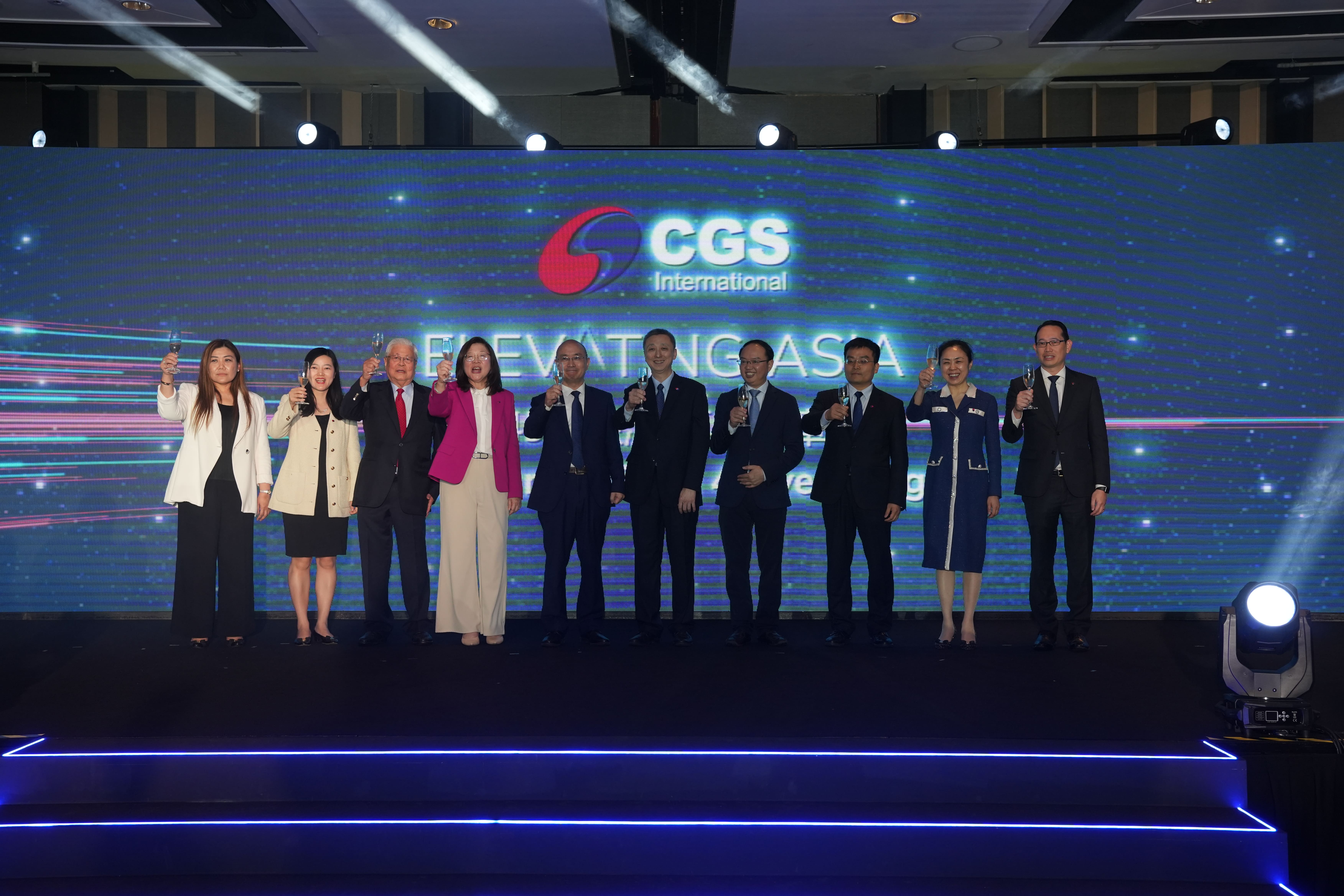Despite the fine words that improving diversity will add long-term value to corporates, women are still underrepresented in leadership roles, as illustrated by applicants to The Asset ESG Corporate Awards 2020 whose board members were only 15% female.
In Norway, women comprise 40% of the boards of leading companies, points out Jihyun Cho Sparrow, director of investment at Willis Tower Watson. “While in Asia, it is mostly less than 20%,” she adds. “Asia needs improvement as 30% is the general hurdle that companies need for diversity to be effective within their boards.””
The picture is slightly better in some local currency fixed-income markets. Although women only comprised 36% of the top sellside individuals and 28% of Astute Investors across 11 Asian local currency bond markets last year, some countries fared better than others. More than half (55%) of the Astute Investors in the Philippine peso bond market were women, while 71% of the top sellside individuals in Taiwan were as well. As one astute investor says: “Fortunately, being a career woman in the Philippines, I don’t feel any discrimination in terms of the way we do things or carry out our ideas. I don’t feel that there is inequality. Thankfully in the Philippines, women leaders are common. We have had a female president twice. Here, in the investment department, the majority of staff is female.”
.png)
However, the Asian G3 bond market is far from exemplary with only 22% of Astute Investors being female, with the exception of 44% for China, and 27% of the top sellside individuals.
.png)
This highlights an uneasy truth, not only are women underrepresented, they are facing an invisible barrier in advancing their careers and gaining recognition from their peers in the industry.
The old days and current status
Nonetheless, interviews with senior female executives show that the financial industry has evolved significantly over the past 20 years. “At my first company, only female fresh graduates [not males] had to wear uniforms,” recalls Sparrow, who started in the industry as a researcher in a South Korean securities firm 30 years ago. “So, even though I wasn’t working at a counter or in a bank teller position, we had to wear uniforms, which was very embarrassing.”
“The management culture was old school, and that really undermined female talents,” she adds. “Even if my male colleagues and I graduated from the same university, I was tasked with less important work, like making the expense report for the team, serving tea, and taking notes in meetings.”
Violet Chung, a partner at McKinsey, recalls the first gender-related hurdle when she applied for a sales and trading position 17 years ago. “The very first interview question that I was asked was about how I felt being in a room with all male traders and probably being the only female.”
Currently, it is hard to imagine that any international financial institutions would risk their reputations by allowing gender maltreatment in their workplace. However, sexist comments and gender stereotypes still persist, especially when women speak up. Only last month, Yoshiro Mori resigned as president of the Tokyo Olympic organizing committee after complaining that talkative women tended to make meetings“drag on too long”. Sharing a similar experience, one female fixed-income investor, based in Thailand, says that she and her colleague have to make sure not to "chit-chat" too much, reflecting that both men and women might retain gender stereotypes.
Despite significant progress, there are still areas of gender inequality and maltreatment that need to be addressed. To echo this year’s International Women’s Day campaign theme, #choosetochallenge, corporates should consider the following initiatives to improve the status quo.
1. Hold events that reach out to prospective female employees
The financial servicing sector, which requires soft communication skills, has been attracting young female talent, but the latest industrial developments will risk undermining previous efforts in promoting gender equality. If one looks at the army of fintech entrepreneurs, most of them are men. And the lack of women in those startup teams can be intimidating to young, aspiring females wishing to enter into the industry.
“When I first joined the financial industry, I found it fairly equal in terms of gender. On reflection, perhaps this could have been because financial services like savings, credit cards, and insurance, were very relatable to general consumers and are easy to understand,” comments Ceridwen Choo, strategic partnerships, Asia-Pacific, Railsbank. ”The turning point has become more apparent in the past three to five years, when we have seen financial services going digital. As a result, the perception of having to understand technology can seem more intimidating for females looking to get into the industry than in the past.”
To debunk the self-limitations stemming from gender stereotypes that young females may hold, Tricia Chan, sales manager at MarketAxess, suggests that companies in the industry should continue to hold recruitment events that attract a diverse pool of talent. In her first year at university, Chan attended a “Women in Technology” event in London. It was her first exposure to investment banks and technology firms. After that event, she was contacted by one of the women she had spoken to, who wanted to fast track her to the final stage of the interview. She ended up applying and securing an internship.
“If I had not attended that event, I would not have entered into the industry because I did not see a lot of my female peers applying for these kinds of jobs,” recalls Chan. “I didn’t see myself possessing the skills that I assumed investment banks and technology companies might look for in candidates.””
2. Adjust recruitment policies
Gender stereotypes not only limit prospective talents’ interest in entering the industry, they also exert influence in the recruitment agencies. “Regardless of the types of roles we hire now, I personally observe that resumes presented by the recruitment agencies are 90% male,” Railsbank’s Choo says.
Therefore, to reverse the trend, companies should be open minded and take initiatives to communicate with their recruitment agencies about diversity and inclusion recruitment policies when shortlisting candidates. Chan says, “as a hiring manager, I am very upfront with the recruitment agencies. They have to send us a 50/50 split between genders in terms of candidates.”
It is common for outsiders, recruitment agencies included, to assume that one has to know coding to work in an information technology company or possess professional finance knowledge to work in the financial industry. Though having the relevant knowledge and skills can be helpful, in some cases, they are not the only prerequisites. There are many other roles in the finance and technology industry that work with people of different profiles. In some roles such as project management, a woman candidate could actually be as capable as a man.
“This year, we have worked with a recruitment consultant to revise our recruitment strategy and broaden our incoming talent pool across Europe and Asia. By targeting different platforms, establishing partnerships with universities that have a more diverse set of students, we’re building a pipeline of a more diverse workforce from first point of contact with the firm,” Chan shares. “The success has been apparent, as this year 49% of our internship applicants are female.”
3. Provide a gender-balanced mentorship programme
There is no better encouragement than having a female in the leadership role sponsoring a mentorship programme. Throughout the in-depth interviews with female senior executives, all mentioned female role models of the previous generation who encouraged them to overcome gender-related hurdles in their careers.
Sparrow, having taken a career break, returned to the workplace and cited her mother as a role model. “My mother was one of the few early female who advocated for women’s rights in Korea and also worked in the Korean Women's Development Institute,” Sparrow explains. “I remember when I was in middle school or younger, my mother was always staying late at night studying and preparing for her exams to get her advanced PhD in public health for a professorship. That was very inspiring.”
Nevertheless, to many people’s surprise, having a male as a mentor can also help young aspiring females to advance their careers. In particular, male mentors can give advice and boost younger female colleagues’ self-confidence in career advancement.
“I still remember, when a leadership opportunity came up, one of my male sponsors asking me why I didn’t chase an opportunity when others less qualified were applying for it,” McKinsey’s Chung recalls. “I realized then that I could actively pursue opportunities without being seen as obnoxious. And this realization helped me quite significantly in advancing my career, as it enabled me to be more vocal, to advocate and communicate better for myself. Without this sponsor’s guidance and suggestion, I probably would not have overcome that.”
4. Provide childcare support and establish family-friendly leadership
One other problem that women face is the lack of childcare support and family-friendly leadership. During the critical years of women’s career development, their mid-30s to mid-50s, there are a lot of pull factors from society, ranging from raising children to taking care of elderly parents. The latter is stronger in Asia where, under the influence of Confucius ideals, filial piety is very much valued.
Drawing from her personal experience, Choo shared the immense stress she faced when balancing career development and taking care of her family. “As soon as physical changes started to show during pregnancy, I received empathetic gestures alluding to me being more vulnerable and hence the need to slow down (and do less),” she shares. “Being in a leadership role, the immediate weeks leading to my maternity leave created even more anxiety knowing that I would be away from a key position for a few months. It was then that I felt I understood why males tend to dominate leadership positions – because they don’t have these periods of absence which might cause instability to the business.”
As a result, she conscientiously worked to close that gap of absence. Choo went back to work as soon as she got back from the hospital. Despite being entitled to three months maternity leave, she returned to the office within two months. “These efforts create additional stress, which is unique only to working mothers,” she adds.
Choo’s unfortunate experience is just one among many. Though, since the outbreak of Covid-19, many corporates have been allowing flexible work arrangements that can later be instituted into a family-friendly policy. However, Choo’s experience succinctly points out that policy alone is not enough. Without a leader or a management team taking a “family first, work should wait” attitude when the time comes, more young working mothers will undoubtedly undergo similar trying times.
Promoting a culture of paternal support can also be key. As society develops, it may be time to call on men to take a more active role in family care. “While I think it is natural for women to take on more of the caring responsibilities within the family, we should encourage the male partner to be more engaged and involved as well,” Sparrow suggests. “Because, on top of having a career, it is not just the woman’s job to tidy up the house and take care of the family, men also should have that responsibility.








